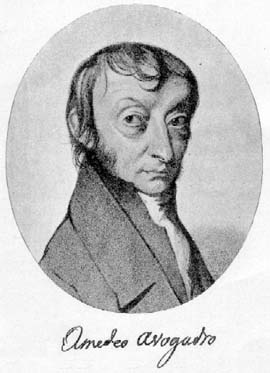Einstein and Brownian Motion

|
In 1827, an English botanist named Robert Brown noticed that flower pollens dropped on water perform zig-zag random motions. He initially thought it was a biological process, but later decided that it was a physical process. If particles with non-zero size suspended by a viscosious liquid perform random zig-zag motions, we call this process the Brownian motion.
In 1905, Einstein was able to derive a mathematical formulation of this problem. He was able to relate the diffusion coefficient with Boltzmann's constant, viscosity coefficient, and particle size. This formula enables us to determine Boltzman's constant in terms of measurable quantities. Then using the ideal gas constant R, which is another measurable quantity, we can determine Avogadro's number. The details of Einstein's derivation is given in the webpage: http://scienceworld.wolfram.com/physics/BrownianMotion.html.
Einstein's formulation of the Brownian motion was the beginning point for a subject in physics known as "stochastic process" and also for a subject in mathematics called "random walk problem." Einstein was a very busy man in 1905.
Avogadro's image was taken from http://en.wikipedia.org/wiki/Amedeo_Avogadro.